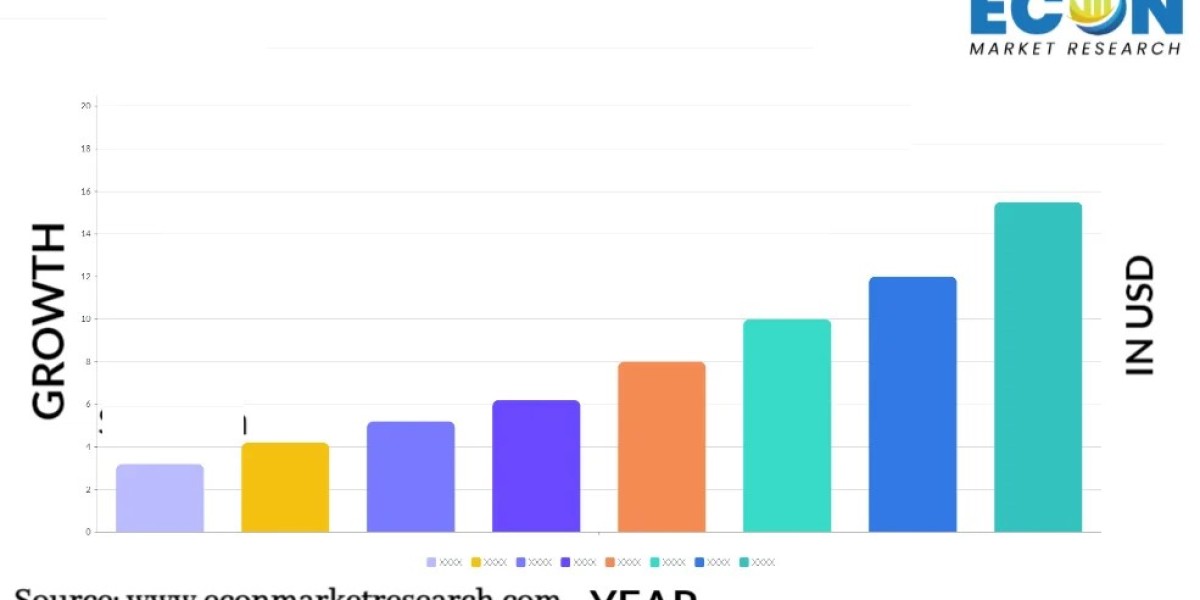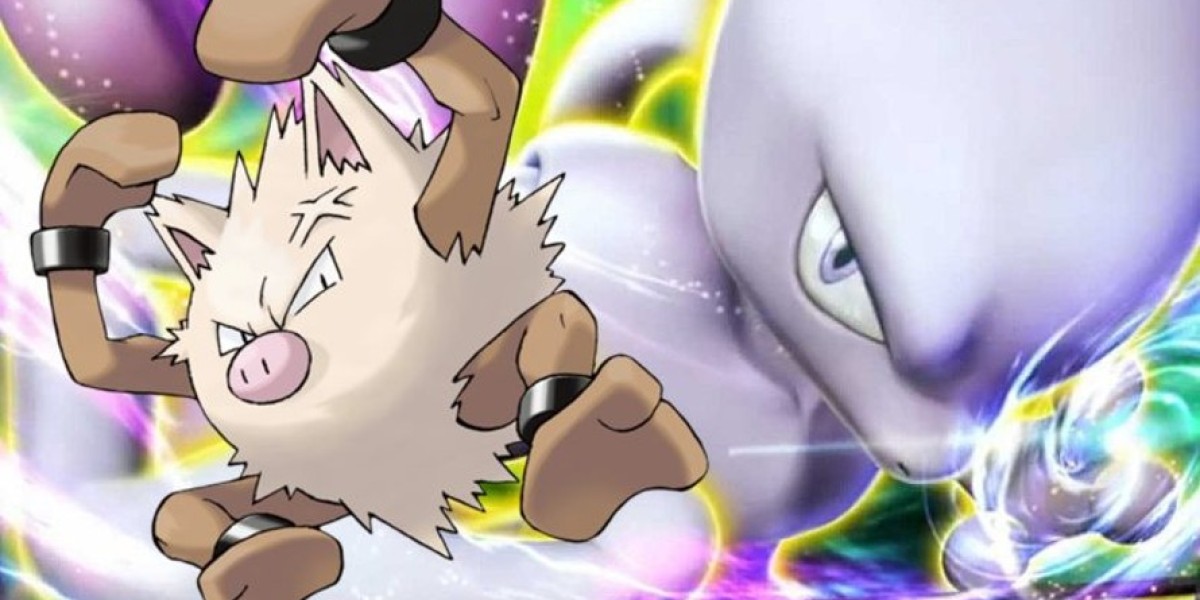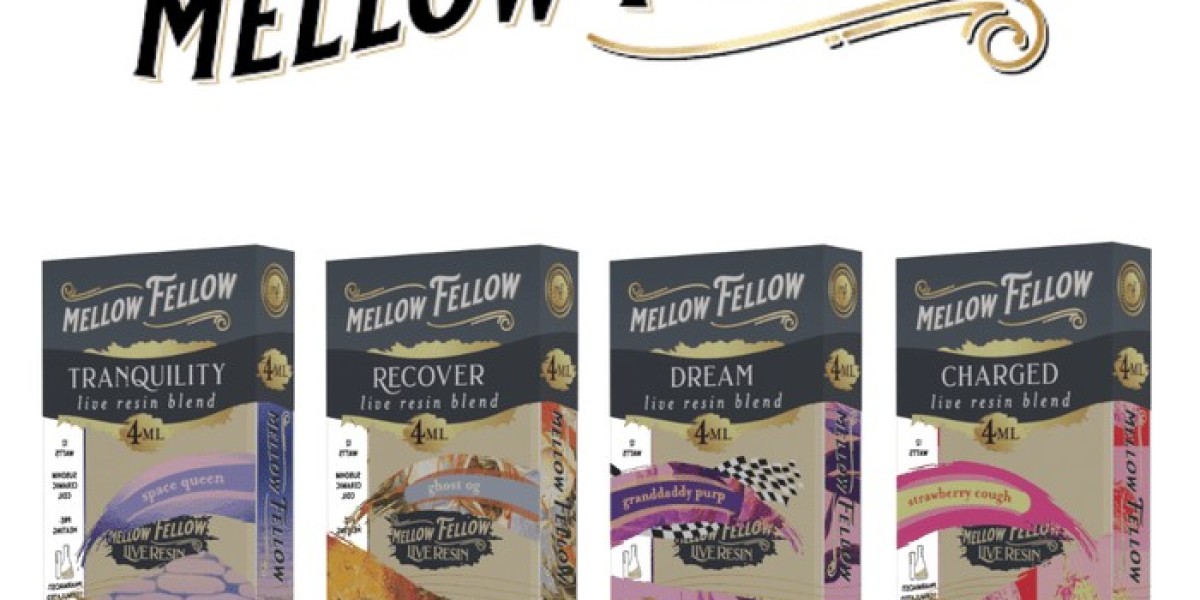Bubble tea, also known as boba tea, has emerged as a global sensation, captivating consumers with its unique blend of tea, milk, sweeteners, and the chewy tapioca pearls or "boba" that give it its signature texture. Originating in Taiwan in the 1980s, bubble tea has since expanded beyond its regional roots to become a favorite among tea enthusiasts and adventurous drinkers worldwide. The drink's versatility, with endless variations in flavors, textures, and customizations, has fueled its rapid popularity, making it not just a beverage but a cultural phenomenon.
More Info : https://www.econmarketresearch.com/industry-report/bubble-tea-market/
The Origins of Bubble Tea
The story of bubble tea begins in Taiwan, where street vendors combined traditional milk tea with chewy tapioca balls, creating a new sensory experience for consumers. The name "bubble tea" originally referred to the frothy bubbles that formed when the tea was shaken, although it is now commonly associated with the tapioca pearls themselves. The drink quickly gained popularity across Asia in the 1990s, before reaching international markets, particularly in North America and Europe, by the early 2000s. Today, bubble tea shops are a common sight in many metropolitan areas, and the drink continues to evolve with regional and cultural adaptations.
Key Ingredients of Bubble Tea
The core components of bubble tea consist of a base tea—typically black, green, or oolong tea—mixed with milk or fruit flavors and sweeteners. What truly sets bubble tea apart, however, are its "toppings," which can include tapioca pearls, fruit jellies, popping boba, or even custard. The tapioca pearls are made from cassava starch, boiled, and sweetened to provide a chewy contrast to the smoothness of the tea. The drink can be served either hot or cold, with varying degrees of sweetness and ice, allowing for extensive customization based on personal preferences.
The Popularity of Bubble Tea
Bubble tea's popularity can be attributed to several factors. First, its customizable nature makes it an attractive option for a wide variety of consumers. Whether someone prefers a rich, creamy milk tea or a light, fruity green tea, the drink can be tailored to individual tastes. Moreover, the combination of flavors and textures—from the smooth tea to the chewy tapioca or popping boba—offers a unique experience that is difficult to replicate with other beverages. Social media has also played a significant role in the rise of bubble tea, with colorful, aesthetically pleasing drinks becoming a favorite for sharing on platforms like Instagram and TikTok.
Health Considerations
As with any indulgent treat, bubble tea has sparked conversations about its nutritional content, especially in terms of sugar and calorie intake. Traditional bubble tea recipes often contain high levels of sugar, both in the sweetened tea and the tapioca pearls. Additionally, the inclusion of flavored syrups and milk can contribute to the drink's caloric density. However, many bubble tea shops have begun offering healthier alternatives, such as reduced-sugar options, plant-based milks, and low-calorie toppings, in response to growing consumer demand for healthier options.
The Global Expansion of Bubble Tea
The global spread of bubble tea is a testament to its adaptability and appeal across different cultures. In North America, bubble tea has become a staple in many urban areas, particularly in cities with large Asian populations. Its success in Western markets has led to the opening of numerous dedicated bubble tea chains, as well as mainstream cafés adding bubble tea to their menus. In Europe, bubble tea has gained a foothold in countries like the UK, France, and Germany, where consumers are drawn to its novelty and customizability.
Innovations in Bubble Tea
As the bubble tea market matures, innovation continues to drive its growth. Many bubble tea shops are experimenting with new ingredients, such as healthier sweeteners, alternative plant-based milks, and different types of "pearls," including those made from chia seeds or agar jelly. Additionally, the incorporation of global trends like oat milk, matcha, and turmeric has expanded the drink's appeal to health-conscious consumers.
Economic Impact of Bubble Tea
The bubble tea industry has grown into a multi-billion-dollar market, creating a robust economic impact. In cities across the globe, bubble tea shops have proliferated, contributing to local economies through job creation and supply chain development. Many entrepreneurs have found success by opening franchises or small bubble tea shops, capitalizing on the global demand for this drink. Additionally, the increased production of tapioca pearls, flavoring syrups, and other key ingredients has bolstered the food manufacturing industry, particularly in Taiwan, which remains a central hub for bubble tea supplies.
The Future of Bubble Tea
Looking forward, the future of bubble tea appears promising. As the market continues to grow, we can expect to see further innovation in flavors, ingredients, and delivery methods. With an increasing focus on health and sustainability, the industry is likely to continue shifting towards more nutritious and eco-friendly options. In addition, digital technologies such as online ordering and delivery platforms are helping bubble tea shops reach a wider audience, further boosting its popularity.
Contact Us:
For inquiries, partnerships, or to learn more about our services, please contact us at [email protected] .
Phone: (+1) 812-506-4440
Mobile: +91-7875074426









